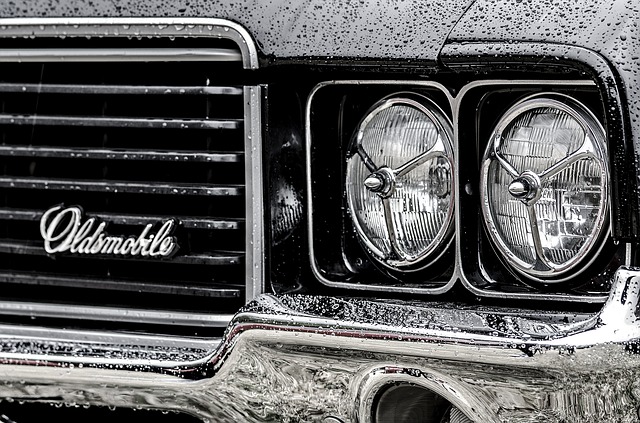Lights on a car – All vehicles are the same with basic functions in their engine, gearbox, safety, and lights. Nothing is different with how to use certain lights and how they work. They are different type of lights that new drivers should note and where they are.
First, there is the headlights, the low beam and high beam. They allow the driver to see what’s in front of them while driving at night and signals other drivers that a car is there. The low beams show frontal and lateral illumination of the road without blinding other passing drivers with its high glare. With high beams, they are stronger and more centered in direction but should only be used when there is no other car around or in a highly dark section of the road. Then, there are the taillights on the rear, which blink on red when the headlights are on and help drivers behind see how far you are while driving.
Now, here are the daytime running lights, which are in the front and rear of the car. They turn on automatically, but drivers can turn them off manually. While they do make the car visible to others, some drivers will find them distracting because it’s a white light attached with a red light in the taillights. The fog lights are by the headlights on the low side, so it doesn’t reflect any fog to come back to the driver. They help the headlights when driving in such conditions. The blinkers, or signal lights, are also both front and back of the vehicle, indicating to passing drivers that the car will turn either left or right and will slow down to do so. It also indicates the car will switch lanes in either side.
The brake lightsare on the side of the rear lights, flashing brightly to signal a slowdown to probably stop. They work when the driver presses the brakes, but drivers do need to be aware that one could burn out and it must be replaced immediately. The hazard lights, the flashers, also are on both the front and back of the car, used when the vehicle is having an issue when it’s in motion or has stopped. It tells passing drivers to slow down and is used if there is a traffic matter or a certain danger in the road. Finally, there are the driving lamps in the inside vehicle on the ceiling in front and in the middle of the car. They lighten the inside to find anything that may have fallen on the floor or read something briefly. These lights don’t last very long like lamps. The Department of Transportation Motor Vehicle Administration says all drivers pass their test by naming the car’s lights and how they work. It’s important that all students continue to use them properly instead of neglecting them and causing danger. Not having a light on is a common cause of any collision. It is meant to help the driver and others around when on the road, so knowing the lights on a car is meant to be a permanent fixture on safe driving.

